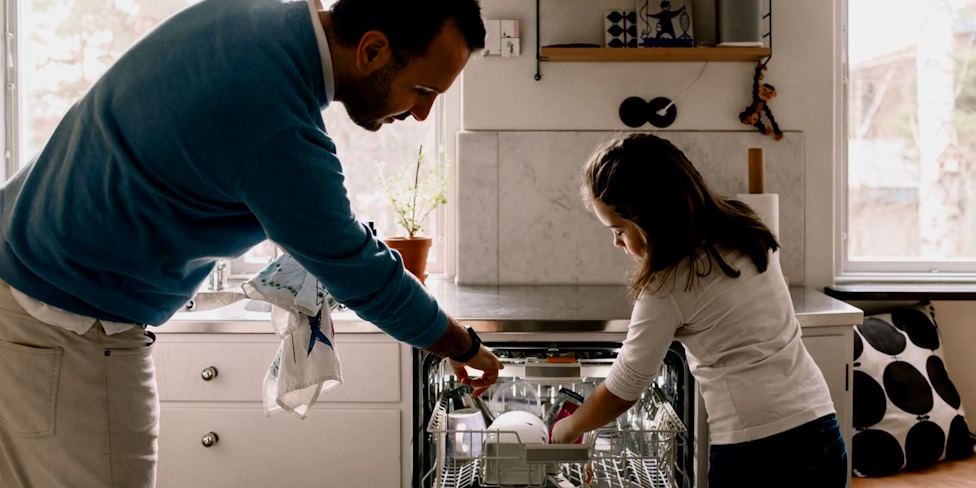
Managing household chores and responsibilities can be time-consuming and overwhelming. However, implementing practical strategies for streamlining tasks can create a more efficient and collaborative household environment.
Practical Tips for Streamlining Household Chores and Responsibilities
- Identify the most essential tasks and focus on completing them first. Delegate responsibilities to family members, assigning age-appropriate tasks to lighten the load for everyone.
- Establish a cleaning schedule specifying which tasks must be done daily, weekly, or monthly. It helps ensure that all areas of the home are consistently maintained.
- Take advantage of time-saving tools and technology to streamline tasks. Examples include using a dishwasher, robotic vacuum cleaner, or laundry appliances with time-delay settings.
- Plan your meals, create a shopping list accordingly, and prep ingredients. Meal planning saves time, reduces food waste, and simplifies cooking.
- Invest in storage and organization systems that suit your needs. Use bins, labels, and shelving to keep items organized and easily accessible, reducing time spent searching for things.
Benefits of Creating Routines, Meal Planning, and Time-Saving Tools
Implementing routines, meal planning, and time-saving tools offer numerous benefits for managing household tasks:
Efficiency
Routines provide structure and allow you to complete tasks more efficiently. Meal planning reduces decision-making and minimizes time spent in the kitchen, while time-saving tools expedite various tasks.

Stress Reduction
Streamlining tasks reduces stress by creating a sense of order and predictability. Knowing what needs to be done and having strategies to accomplish tasks alleviate mental and emotional burdens.
Time and Energy Savings
By streamlining chores and responsibilities, you save time and energy that can be redirected towards activities you enjoy or spending quality time with family and friends.
Strategies for Involving Family Members in Household Tasks
Involving family members in household tasks fosters collaboration and lightens the load for everyone. Consider the following strategies:
Assign Age-Appropriate Tasks
Assign tasks to family members based on their abilities and age. It instills a sense of responsibility and contributes to their development.
Create a Chore Chart
Develop a chore chart that clearly outlines each person’s responsibilities and rotate tasks regularly to avoid monotony. It encourages shared responsibility and accountability.
Set Realistic Expectations
Communicate expectations regarding the quality and timeliness of tasks. Encourage open communication and provide constructive feedback to motivate family members to contribute.

